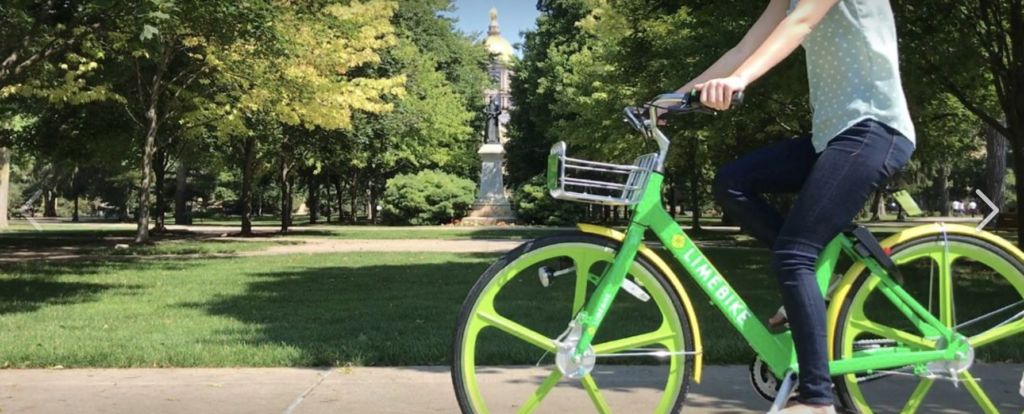
We’ve all seen them. One second looping videos that show our friends stuck in a perpetual dance loop, or jumping up and down repeatedly, or winking at the camera exaggeratedly on and off for all eternity. Boomerang has become fairly ubiquitous on Instagram and other social media platforms since it was launched as a standalone app in October 2015.
When your friends use Boomerang it’s a fun way to show their personality, but we all know that your friends aren’t the only ones using the app. Brands like to jump on anything new, shiny and “hip” to try to connect with their audience on social platforms and have varying levels of success.
Some of these new, shiny objects can actively harm a brand – using Facebook LIVE too often or on mundane activities can cause your audience to unfollow you permanently even if they still like your page; Instagram Stories that don’t even remotely tell a story teach your audience to immediately swipe off your story when it pops up regardless of if your content is now worthwhile; and users will not engage with your Snapchat if there’s no objective or pay off for them. Suddenly that shiny new feature that was supposed to show your followers that you’re “cool” and “hip” on social media has left you with a less engaged audience.
But then there’s Boomerang.
On the surface, using Boomerang – the app that creates gif-like looping videos – probably won’t lose a brand any followers unless it’s the only thing they post, but its misuse is more glaring than any of the others.
Instagram is a platform where users expect compelling visual content from brands. Boomerang, on the other hand, is highly visual but in a less polished way. The aesthetic awkwardness that a bad Boomerang produces is jarring in relation to the beautiful images that surround it in a feed or bookend it in an Instagram Story. It takes just the right subject or just the right timing to make a Boomerang work.
The best Boomerangs either weren’t done in one take or they were perfectly positioned with an artistic eye to capture something that would only happen once … and yeah, sometimes you can get lucky and get a cool image without even meaning to (like I did with an airplane and the Golden Dome), but you can’t rely on getting it right in one take. Unless you can dedicate some time and energy to creating a Boomerang (and really, you should be dedicating some time and energy to everything you post on social media) it’s best to stick with the features available within Instagram itself.
The moral of the story is that you shouldn’t be using Boomerang, Facebook Live, Stories, or any other shiny objects that social networks roll out without first understanding your own brand and how these features fit into it. And you definitely shouldn’t be using them if you haven’t figured out how each social network that they attach to fits into your brand.
If you feel like you HAVE to Boomerang something, though, there are some easy tips that you should follow:
- Make sure you (the cameraperson) are not moving – if you AND your subject are moving the resulting jostling in the final video will be distracting at best and cause motion-sickness at worst.
- If at all possible, focus on something static – Boomerangs work best when the moving portion of the image accentuates the static portion rather than overpowering it.
- Clue your subject into your plans – Using Boomerang without the knowledge of your subject results in some awkward video loops. They should be aware that you are plan to Boomerang and should be doing something noteworthy – walking or running doesn’t generally lend itself to a good use of Boomerang.
- Take A LOT of Boomerangs and choose the best one – This is where people get hung up most often. Good social media – just like good writing or good photography or good video – takes time. Sometimes you may get lucky and get it on the first take (and sometimes you HAVE to because something is only happening once), but even when someone nails it on the first take you should take at least two more videos to make sure that it’s the best take. (For example, the first Notre Dame Boomerang is the product of over 30 different takes in two different locations on campus.)
- Don’t be married to the idea of Boomerang – This goes hand in hand with making sure you have options. Sometimes you have every intention of using a Boomerang and it just doesn’t turn out like you were expecting. At that point you may have to scrap your plans and go with something else to tell your story on social media.